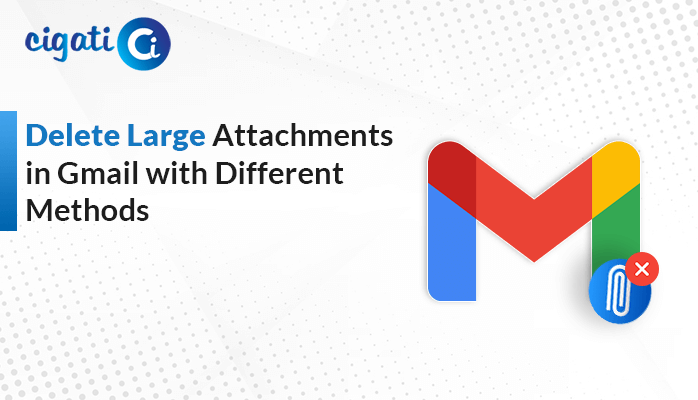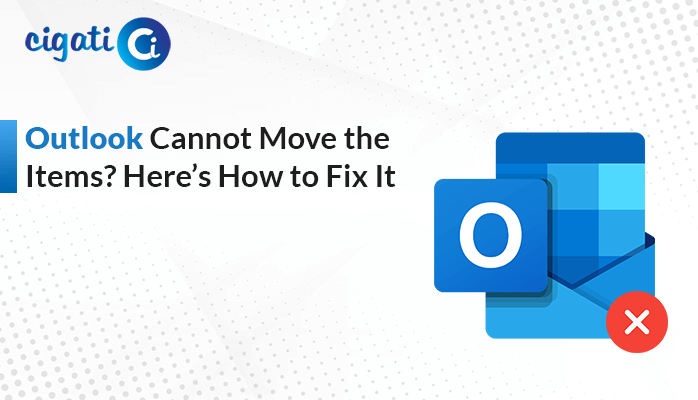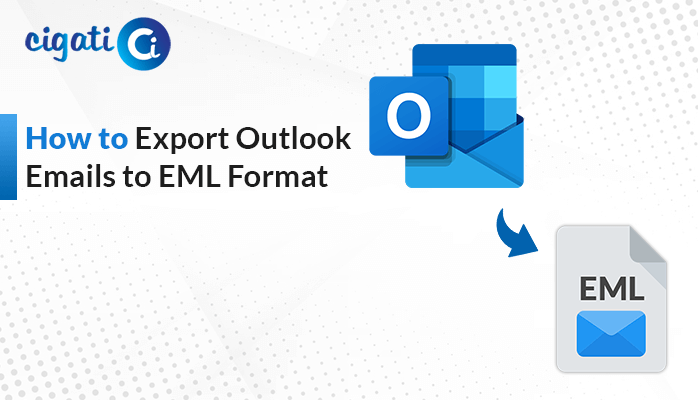-
Written By Rohan Wiese
-
Updated on March 23rd, 2024
Why are my Emails Are Going to Spam? – How to Fix It
Sending emails is an ample way to talk to people who might buy your stuff. Lots of people say that emails about products make them want to buy things. But now, it’s more work to get your emails to the right place because of privacy rules. However, users ask a similar question always“, Why are my Emails Going to Spam?” As a result, you don’t need to worry. You can do some simple things to ensure your emails go where they should and more people read them.
The following blog will discuss it. In short, we will elaborate on the possible reasons Why are all my Emails Going to Spam.
Why Do Spam Emails Cause Problems?
Did you know that a massive number of spam emails are sent every day? Between 2019 and 2023, experts think 60 billion spam emails can be shared daily. As a result, there are unnecessary emails. It annoys regular users and email marketers. Around 20 percent of emails never make it to the inbox, missing out on reaching your audience.
Email marketing can be effective, with an average Return on Investment (ROI) of 122 percent. But if your emails end up in the spam folder. You spend money on the email itself and miss out on potential sales or clicks it could have brought.
But don’t worry! Plenty of simple things are there to ensure your emails stay out of spam folders. In the next part, we’ll describe reasons Why Emails go to Spam Instead of Inbox and how you can avoid those issues.
Why Emails Go to Spam Instead of Inbox: Top 6 Reasons
The following section will discuss various reasons for the same.
#1: Your Recipients Flagged Your Emails as Spam
One big reason your emails end up in spam is because the people you send them to decide to mark them as spam themselves. Even if your email is good and the person said it was okay to email them, they might still click “spam” because they want to tidy up their inbox. Sometimes, they might forget why they signed up for your emails or hit the wrong button accidentally.
If multiple people mark your emails as spam, email filters might start thinking your emails are spam, and then more of your emails might end up in spam folders automatically. Once an email is sent, there’s not much you can do to stop someone from marking it as spam. But you can ensure your emails are good and follow other rules to avoid looking like spam to people. As a result, it can help reduce the chances of someone marking your emails as spam on purpose. We’ll talk about some of these tips in the subsequent parts.
#2: Essential HTML Best Practices to Follow
If you want your emails to look incredible with pictures and superior designs, that’s simple! But you’ve got to be careful with the technical stuff so they don’t end up in spam.
Here are some simple tips to follow when using HTML in your emails, as suggested by Mailchimp:
- Keep your email width between 600 and 800 pixels. As a result, it makes it easy to read and looks good in email preview windows.
- Assume that images might not show for everyone, so don’t hide important information in them.
- Keep your code clean and light, especially the CSS. Avoid using JavaScript or Flash, as they can be seen as risky by spam filters.
- Make sure your emails look good on mobile phones. Use buttons that are easy to tap, small images, and fonts that work well on small screens.
- Choose fonts that work on different devices, like Arial or Verdana.
- Check any links in your email signature to avoid linking to spammy websites.
- Use more text than fancy HTML. A bit of branding and color is nice, but don’t go overboard with it.
Here, you’ve seen another reason Why are my Emails Going to Junk. Now, we will look at other scenarios, too.
#3: Your Subject Lines Contain Spam Triggers or Are Deceptive
Your subject lines in emails need to be catchy and grab people’s attention. But they also have to be honest and not misleading. If your subject line tricks people into opening the email, they might get annoyed and mark it as spam.
Here are some examples of misleading subject lines to avoid:
- Starting with “RE” or “FW” when you’re not replying or forwarding anything. As a result, it can make people feel tricked.
- Using personal messages or leading questions that make people think they know you.
- It is making overly sensational claims that might be too exaggerated.
Your subject lines should also be professional, without shouting in all caps or mistakes in spelling and grammar. Tools like Grammarly can help you with that. To create strong subject lines that people will want to open, try using action verbs and creating a sense of urgency without misleading or asking interesting questions. Just make sure the content inside matches what you promised in the subject line to keep your reputation intact.
This is the prime reason Why are my Emails Landing in Spam. Moreover, the following section has discussed other reasons, too.
#4: Users Lack Permission from Recipients
You need permission to send emails to people. Laws like the GDPR say you can’t just share emails with anyone without their okay. That means you can’t buy email lists or send emails to folks who haven’t said they want to hear from you. Even if someone gives you their email on your website, they need to say they’re okay with getting emails from you. However, it could be a checkbox they tick or a note during account setup. Even though it’s not a must in the U.S., it’s a good idea. People get tons of emails, and if yours shows up without permission, they might think it’s spam.
#5: Your Content Triggers Spam Filters
Sometimes, certain words or phrases in your emails can trigger spam filters. These are words like “Free,” “Lowest price,” “Easy money,” or using too many exclamation points or dollar signs. Spam filters don’t like these because they’re often used in sales pitches or to trick the filters.
While it’s hard to avoid some of these words, especially if you’re talking about money or sales, you can try using different words or being more creative in writing your emails. Instead of sounding too pushy or salesy, focus on providing helpful information and following good writing practices for emails.
#6: You Don’t Contain an Unsubscribe Link
It’s necessary to have an unsubscribe link in your emails. Laws like CAN-SPAM require it in the U.S. If someone clicks on that link, you should remove them from your email list within ten days, no questions asked.
Having an easy way to unsubscribe builds trust with your audience. It shows that you respect their choice and don’t want to bother them with unwanted emails. On the flip side, if you hide or don’t offer an unsubscribe option, it can make people mad and lead to bad publicity. It’s better to be transparent and give people control over their email subscriptions.
Note: If none of the above six reasons Why are Emails Going to Spam, you can transfer your account from the current email client to popular alternatives. With the help of the Cigati Email Migration Tool, users can effortlessly migrate their emails to the desired email client without experiencing data loss.
Conclusion
To wrap it up, knowing why my emails are going to spam is important for businesses and email marketers who want to connect with their audience. A few factors are there, such as tricky subject lines, using certain words that trigger spam filters, and not having permission can all make your emails go to spam folders.
About The Author:
Rohan Wiese works as Technical Content Writer at Cigati Solutions. He writes technical blogs, articles, newsgroups, etc. on Database Recovery, Email Backup & Migration for Cloud and Webmail Email Clients. He has almost two years of writing experience and has written about many Technologies such as Cloud Computing, Intelligence, IoT, and Email Management.
Related Post




